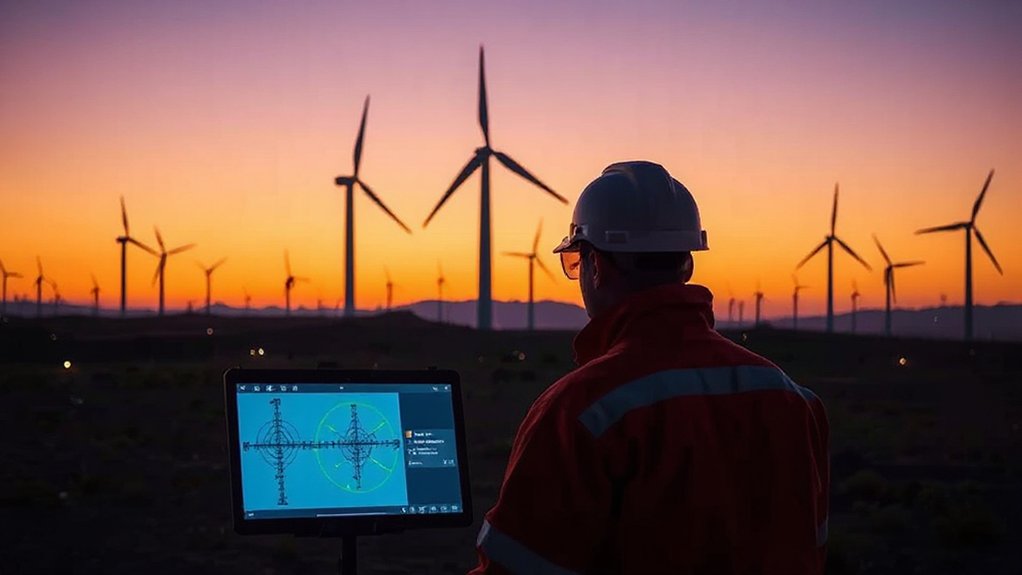While Australia once proudly claimed its position as a global solar powerhouse, the nation’s renewable ambitions are hitting serious roadblocks. Investment in utility-scale solar and wind projects has plummeted by a staggering 64% in the first half of 2025 compared to last year. Just $556 million. That’s it. Wind projects? Zero reached financial close. Hasn’t happened since 2021.
The culprit? A perfect storm of regulatory chaos. New amendments in 2025 have made solar farms “impact assessable,” requiring public notification and allowing just about anyone to appeal. Great for NIMBYs, terrible for developers. Queensland’s updated rules now consider “social impact” as a criterion. Because apparently clean energy hurts people’s feelings now.
State Code 26 adds another layer of bureaucratic red tape. More paperwork, more waiting, more headaches. Developers are pulling their hair out dealing with permitting delays, slow grid expansion, and nebulous “social licensing” requirements. It’s like trying to build a house while someone keeps changing the blueprint.
Meanwhile, the government talks big game. They’re targeting an increase from 47.50 GW of installed solar capacity in 2025 to 91.74 GW by 2030. Cute. At the same time, they’re introducing dynamic export limits for rooftop solar. One step forward, two steps back.
Ambitious targets, bureaucratic roadblocks. Government dreams big while strangling progress with red tape.
The irony? Rooftop solar is booming. Australians added 235 MW in May 2025 alone. Regular folks get it. But large-scale projects? Stuck in regulatory purgatory.
Sure, there’s the $1 billion Solar SunShot Program for domestic manufacturing and $12 billion for Renewable Energy Zones. But what good is money when projects can’t get approved? When transmission projects like VNI West and Marinus Link are delayed and over budget? A recent report has identified regulatory hurdles as a primary impediment to the nation’s transition to renewable energy.
The situation worsens for developers who need to make even minor changes to existing approvals, as these can trigger requirements for new social impact assessments and community benefit agreements. This regulatory nightmare persists despite global trends showing renewable energy market growth at an impressive 17.23% annually.
Australia’s solar dream isn’t dead. Not yet. But it’s on life support, gasping for breath under mountains of paperwork and regulatory uncertainty. Someone should probably call a doctor.
References
- https://www.pvknowhow.com/news/australia-rooftop-solar-surges-with-235-mw-installed-in-may-2025/
- https://www.claytonutz.com/insights/2025/august/solar-farms-and-wind-farms-queenslands-new-regulatory-landscape
- https://whysolar.com.au/state-of-the-solar-industry-in-australia-2025-industry-report/
- https://www.pv-magazine.com/2025/08/11/australia-faces-slowdown-as-investment-in-solar-and-wind-falls-64-in-2025/
- https://halcolenergy.com.au/solar-news/future-of-solar-energy-in-australia-trends-for-2025/








